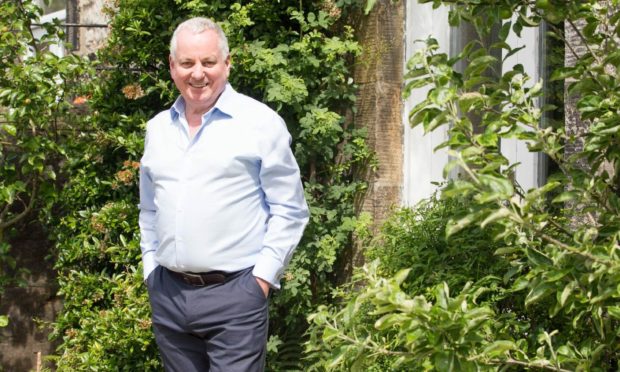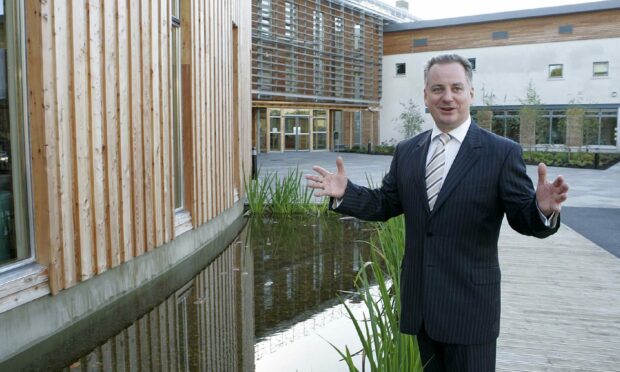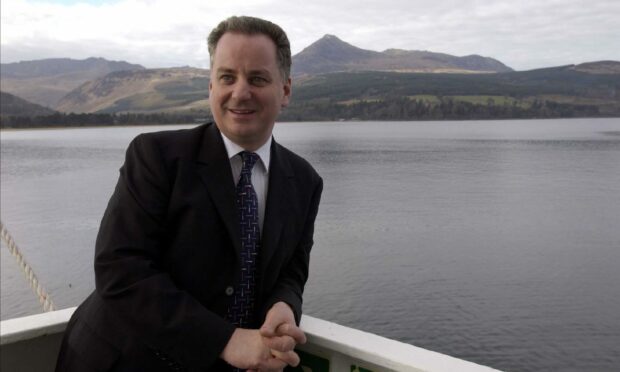Lord McConnell has called on SNP ministers to give a “firm commitment” to revive his policy of relocating civil service jobs to the Highlands and islands.
The former Labour first minister, who faced opposition over the transfer of Scottish Natural Heritage (SNH) from Edinburgh to Inverness in 2006, said he was “very proud” of the work his government carried out to decentralise public sector jobs.
He believed the ability to stay and work in a local community should be “central to economic policy in Scotland today”, and that a new drive to disperse government-linked jobs was needed to send a “strong signal” to private sector investors, as well as young residents who might be thinking about leaving fragile rural communities.
Lord McConnell was speaking after we reported on Monday that the Scottish Government was considering resurrecting the policy of moving civil service jobs north.
Officials have suggested that the Highlands and Islands should be “prioritised as a location” when new government departments and units are being developed, as part of efforts to try to respond to the threat posed to rural communities from depopulation.
It could represent a change in strategy from the SNP government, which has been criticised for centralising services and abandoning the previous Labour-Liberal Democrat administration’s policy of dispersing jobs outside Edinburgh.
Lord McConnell, who served as first minister from 2001 to 2007, said devolution had already resulted in the relocation of significant civil service jobs from the capital to Glasgow when he took power, but that he wanted to go further.
‘Strong signal’
“I was determined to see more jobs relocated across Scotland, particularly in areas that had historically suffered from depopulation, like the Highlands and islands,” he said.
“So department by department, every new organisation created had a presumption against location in the capital, and other organisations were systematically reviewed to assess the potential for relocation.
“As a result, we saw new organisations located across the north of Scotland, and in the islands, the west of Scotland, and the borders.
“This was a strong signal to the private sector, and to young people locally, that we believed in the future of those locations, and that they were going to grow and not decline.”
The relocation of the SNH HQ from Edinburgh to Inverness was hugely controversial.
It cost £22 million and in the end 55 workers moved north, with 109 opting for redundancy instead.
I am very proud of that policy, even although it was controversial, and attracted significant opposition at the time.”
However, Lord McConnell believed the policy was vital, and that the current government should now pursue “a relocation strategy that works for all of Scotland”.
The former Motherwell and Wishaw MSP said: “I am very proud of that policy, even although it was controversial, and attracted significant opposition at the time.
“I am really disappointed that over the past decade in particular there has been increasing centralisation and very little relocation out of Edinburgh.
‘Firm commitment’
“It is vitally important for the public sector to signal its commitment to rural and urban areas, outwith the central belt, so that the private sector can invest with confidence, and young people know that it might be better to stay than to go.
“I was determined to create a Scotland where you could get on in your own community – you didn’t have to move away to find a job.
“That should be central to economic policy in Scotland today, and I call on ministers to go beyond private briefings by officials, and give a firm commitment to a relocation strategy that works for all of Scotland.”


